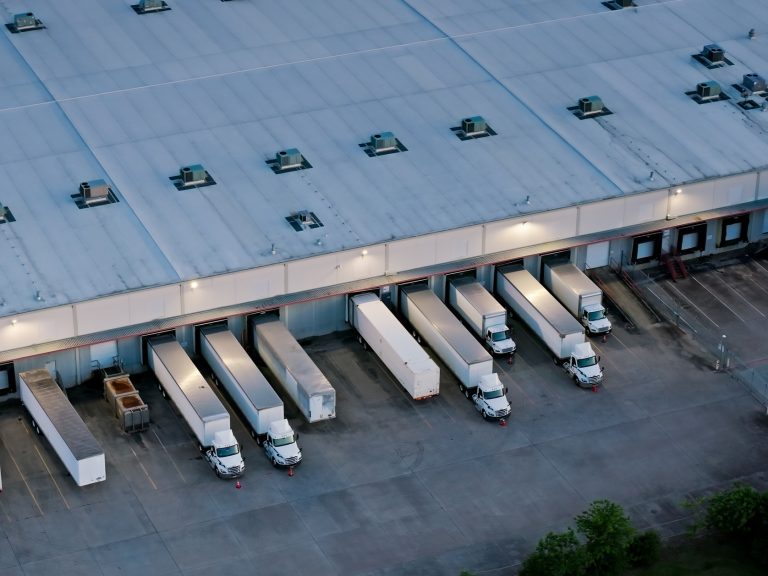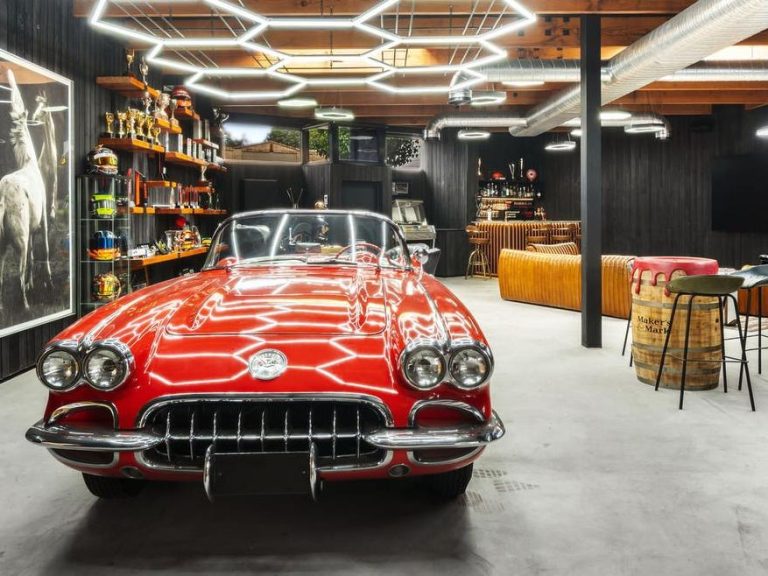Capital freeze: Lendlease coming home as global markets stall
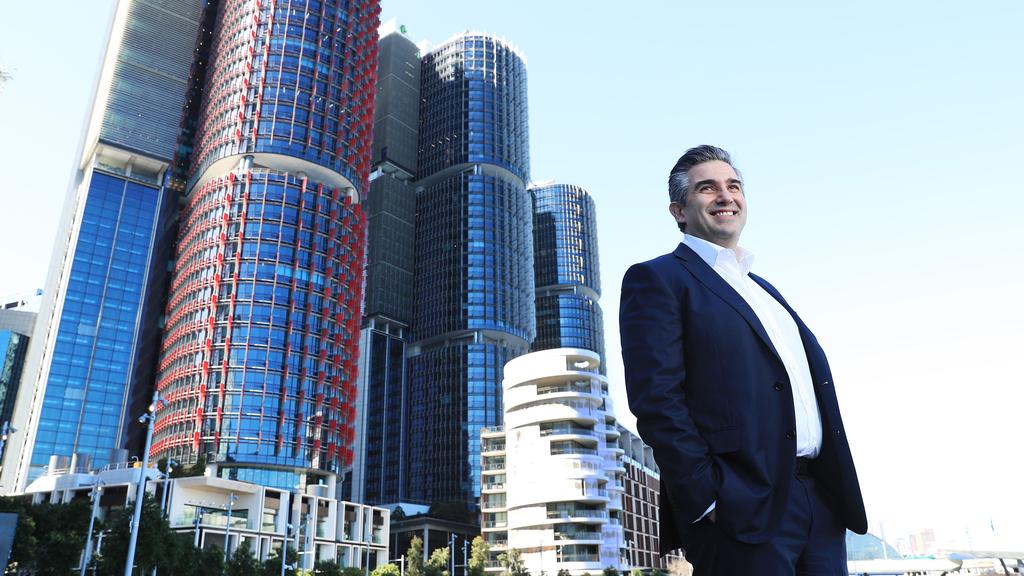
Lendlease chief executive Lombardo at Barangaroo in Sydney which was built by his company. Picture: John Feder
Embattled development and building giant Lendlease has flagged that it will refocus on its Australian operations and select global sectors where it brings an edge as it seeks to turn around its fortunes.
The company, once the most powerful on the local property scene, fell to a $136m loss, and shook investor confidence as it downgraded its outlook and again pledged to restore value. It is under rising pressure from activist investors Tanarra Capital and HMC Capital, which have pushed for a faster turnaround after missed earnings forecasts and delays in simplifying the once blue chip business.
The reversal of its fortunes prompted a share market rout and the stock fell by about 17 per cent at the start of the week as more investors lost patience and sold out.
The company claimed it was struck down by the freezing up of capital markets in the United States and Britain, just as it looks to cut its exposure to long-dated projects in these markets.
Although the local development unit lost money it is being hailed in the region in which the company again focuses on to find its feet.
Slow capital markets have made closing deals, including those in Australia, much harder and pushed back big sales ranging from a near exit of local housing estates to getting office tenants.
While chief executive Tony Lombardo said Australia was a relatively healthy market, the developer faced slow leasing at its Victoria Cross project at North Sydney, which pushed back a sales campaign, and it has few other levers to pull on its balance sheet.
But even as it shifts away from its legacy as one of the world’s most famous builders, amid rising costs and poor returns from construction, the chief executive was bullish about its cranes still being a presence in Australia and in select global cities.

The view from an apartment over Sydney Harbour where Lendlease had had good sales of its Barangaroo development.
Lendlease flagged a focus on its core Australian operations, where it has had good sales at Sydney’s Barangaroo apartments, as well as at One Circular Quay, but investors have questioned its ability to convert these successes into steady returns for shareholders.
Their concerns about Lendlease’s ability to bring capital in even extend to deals such as its $1.3bn sale of its local housing unit to a Stockland venture, which is under ACCC review.
The company has flagged plans to launch raisings for its flagship Australian funds but this now comes amid heightened scrutiny of its platform and the need to bring in partners early in order to get them going.
While there are signs of more liquidity in the local market, deal making is still taking a long time and sales show values are falling.
Lendlease’s specialty in large urban redevelopment projects and commercial skyscrapers also faces a dearth of demand from tenants.
But Mr Lombardo argued that the company can recover and it is undertaking a full range of activities both in Australia and offshore, despite cutting its expected fiscal 2024 return on equity guidance to 7 per cent. He said some transactions may fall into next financial year but insisted the company wouldn’t take discounted prices.
“We’re not going to destroy economic value,” he said,
He blamed capital market transaction levels halving in the US and falling by about 27 per cent in Europe. But Mr Lombardo is bullish about the company receiving $1.5bn in cashflows from the first residential tower at Barangaroo and the sale of the bulk of its housing unit.
He flagged the company wants to focus on value-add products, including taking older buildings and overhauling them into new green complexes, citing a life sciences project in Tokyo as a model.
It also wants to undertake more joint ventures, as it has struck in Milan with a Canadian fund to develop a new precinct. And a fund in Australia is already undertaking some projects in this style.
Mr Lombardo said the firm is sticking to its target of $70bn of funds despite being hit by valuation falls. It has $10bn of assets under its wing, with $6bn being developed and another $4bn raised from investors, and he is hopeful of more deals once markets unfreeze. But Lendlease will look very different and won’t be chasing as many developments as it switches focus to deals with recurring income.
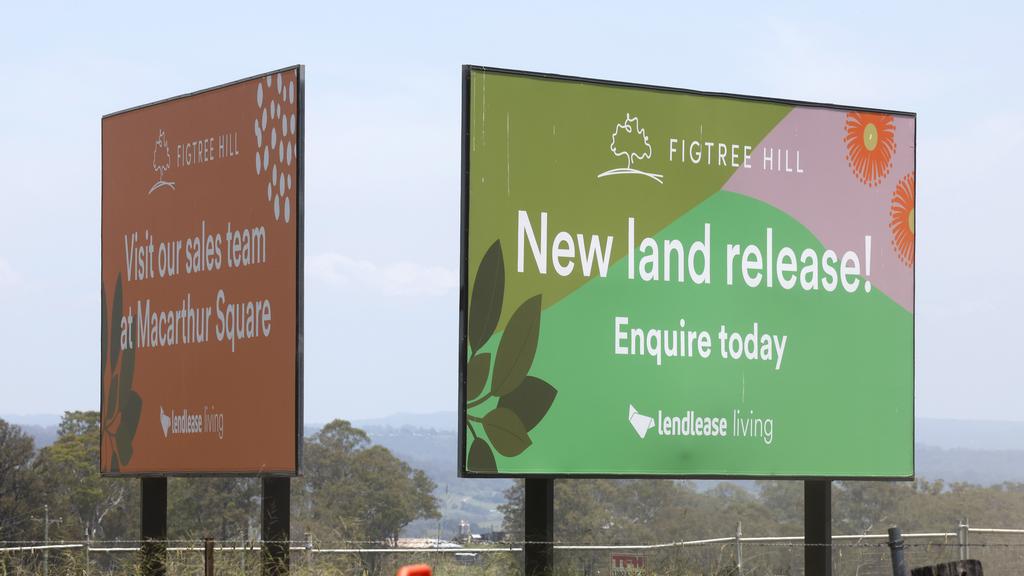
Lendlease in late 2023 planned to contact about 450 customers telling them there was still no time frame on when their homes would be built near Macarthur. Picture: Jonathan Ng
JPMorgan analyst Richard Jones said that Lendlease has been sold off aggressively after another poor result.
“All three divisional results were well below our forecast, and while the second half will be much stronger from the profit on sale of communities to Stockland and settlements at Residences One, confidence in the ongoing divisional profitability has again deteriorated,” he said.
Lendlease downgraded its fiscal 2024 return on equity target from the low end of its 8-10 per cent through the cycle target to 7 per cent and gearing hit 22.9 per cent.
“While there appears value, we have lost confidence in the ongoing profitability of the business after yet another earnings miss,” Mr Jones said. The broker cut its price target by $1.50 to $7.50 per share and downgraded to neutral.
The firm’s development earnings were $112m, partly bolstered by an exit payment from the Google project cancellation in the US. Australia and Europe were loss-making but divisional profitability is expected to return.
About $100m is expected from Residences One and about $130-160m on the housing estates business. But JPMorgan warned the unit’s ongoing profitability was again less certain.
Citi analyst Suraj Nebhani said that Lendlease’s guidance was about 20 per cent below consensus and heavily skewed to this half. “While management are confident of recovery in earnings, we are watchful given some concerns highlighted inside,” he said, noting the company was relying on one-off gains and losses, highlighting the pressure in core earnings.
Citi warned weaker transaction markets may linger.
“While the narrative around rates has changed since December 2023, we believe transaction markets may remain weak until at least the middle of the year given uncertainty around the timing of the rate reductions and still-high property values, which are in the process of adjusting down,” the broker said.
Citi noted Lendlease was confident of a positive outcome on its housing sale but said that any pushback from the ACCC was likely to delay the profit recognition expected in this half.
It also noted gearing had risen to about 23 per cent and leasing at the North Sydney office project, Victoria Cross, was another focus.
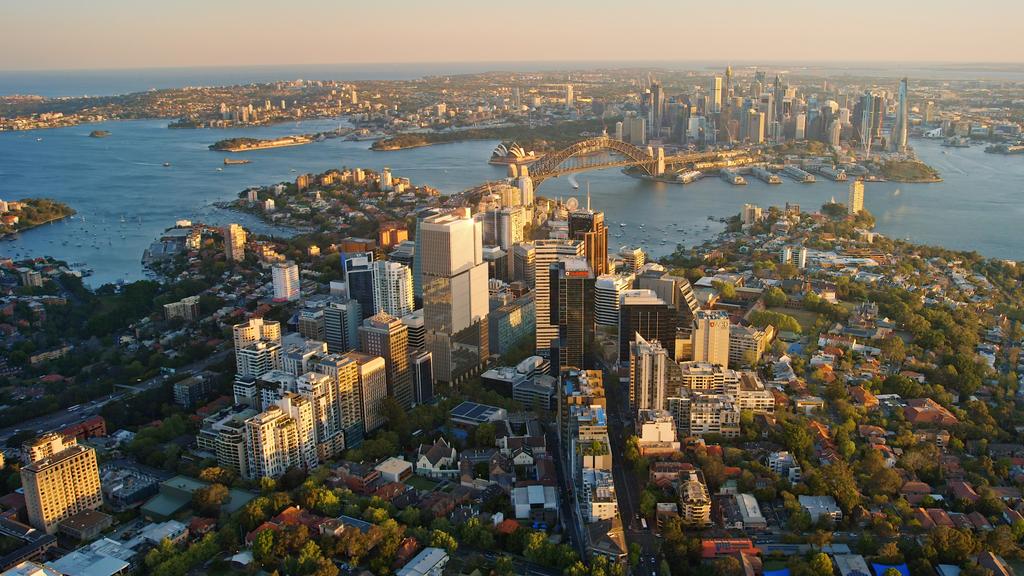
An aerial image of North Sydney with an artist’s impression of the Lendlease development above the Victoria Cross station.
“While the stock offers considerable long-term value, which is driven by the rollout of the urban regeneration pipeline, we believe the path to achieving that value is full with uncertainties and is reliant on favourable capital markets,” Citi said.
“Things may turn positive in late 2024 with lower rates, but we continue to see execution risk and downgrade Lendlease to neutral,” Citi said.
Not all are negative with Barrenjoey analyst Ben Brayshaw arguing the market reaction was overdone. He noted that Lendlease expects to reap about $2.5bn of cashflows in the next 18 months from sales of its housing estates and the settlement of the three Barangaroo South residential towers.
He said that Lendlease was not through its impairments but trades at about a 14-year low and the market response looked like an over-reaction.
“Lendlease’s update in May should shed more light on its planned turnaround strategy,” he said. “We expect it to foreshadow a meaningful step back from its offshore business and reweighting to Australia.”

